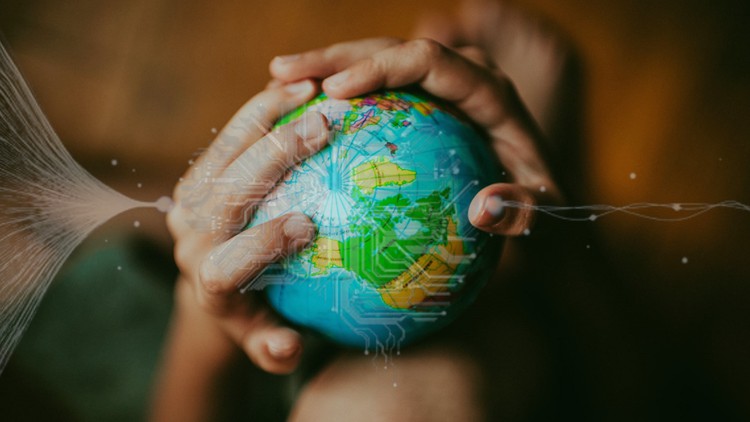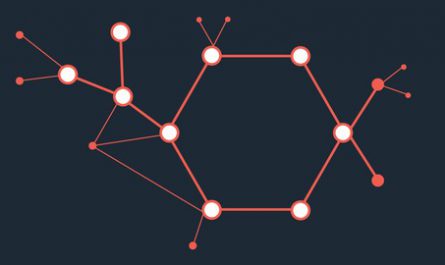
Description
Deep Learning is a subset of Machine Learning that uses mathematical functions to map the input to the output. These functions can extract non-redundant information or patterns from the data, which enables them to form a relationship between the input and the output. This is known as learning, and the process of learning is called training.
With the rapid development of computing, the interest, power, and advantages of automatic computer-aided processing techniques in science and engineering have become clear—in particular, automatic computer vision (CV) techniques together with deep learning (DL, a.k.a. computational intelligence) systems, in order to reach both a very high degree of automation and high accuracy.
This course is addressing the use of AI algorithms in EO applications. Participants will become familiar with AI concepts, deep learning, and convolution neural network (CNN). Furthermore, CNN applications in object detection, semantic segmentation, and classification will be shown. The course has six different sections, in each section, the participants will learn about the recent trend of deep learning in the earth observation application. The following technology will be used in this course,
- Tensorflow (Keras will be used to train the model)
- Google Colab (Alternative to Jupiter notebook)
- GeoTile package (to create the training dataset for DL)
- ArcGIS Pro (Alternative way to create the training dataset)
- QGIS (Simply to visualize the outputs)
Who this course is for:
- Deep learning beginners
- Geospatial data science student
- Beginners python learner who is curious about data science and imagery analysis
Requirements
- Intermediate understanding of deep learning
- Basic understanding of python programming
Last Updated 10/2022
Download Links
Direct Download
Deep Learning Application for Earth Observation.zip (2.3 GB) | Mirror


